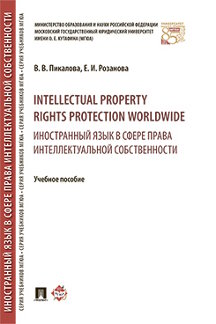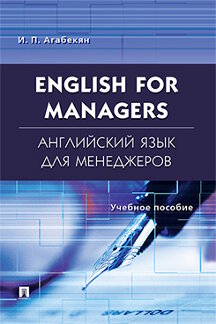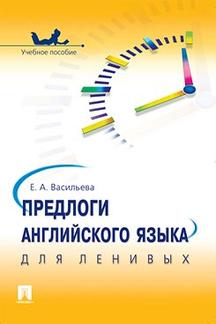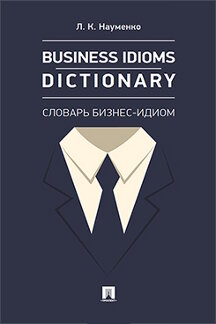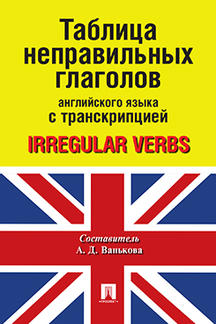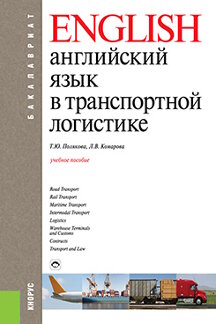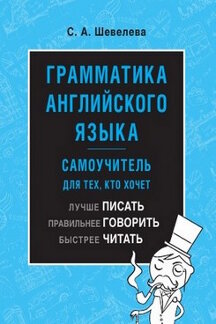|
|
ОглавлениеUnit 2 IP: International Legal Environment Unit 3 Copyright Law: Rationale of copyright. Obtaining and enforcing copyright Unit 4 Copyright Law: Moral and Economic rights Unit 5 Copyright Protection of Computer Software Unit 6 Copyright Law: “Whose format is it anyway?” Unit 7 Trademarks: definition, functions, registration and use Unit 8 IP and Business: Trademark Coexistence Unit 11 Patent Law: Patent application Unit 13 Role of Intellectual Property in Enhancing the Competitiveness of the Tourism Industry Для бесплатного чтения доступна только часть главы! Для чтения полной версии необходимо приобрести книгуUnit 6 Copyright Law: “Whose format is it anyway?”READING 1Exercise 1. The article below comes from a legal journal. Read through the article and match each of the headings (a — d) with the paragraph (1–4) to which it best corresponds. a) Worldwide Protection of Formats b) Norowzian v Arks c) UK Copyright Protection d) Spotlight on Piracy In brief The huge rise in the popularity of reality television programmes has turned the spotlight on format piracy. This has led to production companies taking action to protect their intellectual property rights. It was expected that the Pop Idol/X Factor case would create a legal precedent on the extent to which format ideas could be legally protected. The case settled but there is nothing in any of the current UK and worldwide case law to suggest that format rights are not protectable in the UK. Copyright does not protect general ideas but the expression of ideas. However, in IPC Media Ltd v Highbury-SPL Publishing Ltd Mr Justice Laddie recognized the difficulty in defining the boundary between the taking of general ideas and concepts and copying in the copyright sense. Copyright protection for television programmes hit the news in November 2005 with the high-profile case brought by Simon Fuller’s 19 TV against Fremantle Media Ltd. It involves a dispute about the music talent shows The Pop Idol and The X Factor. However, the case settled without any further judicial guidance. (1)…………. The rise in the popularity of reality television programmes has turned the spotlight on format piracy. In April 2000 the Format Recognition and Protection Association (FRAPA) was formed by international industry figures to combat the problem. According to a report from Screen Digest and FRAPA, the Global Trade in Television Formats, a major study on the global television format business was worth over €2.4bn pounds in 2004. Celador’s Who wants to be a Millionaire? (which was sold last year to 2waytraffic as part of £106m deal) and 19 TV/FremantleMedia’s Idol series have been worldwide successes, with Idols watched by more than 110m viewers in about 30 countries. The exportation of format is, therefore, big business, particularly for the UK where 29% of all formats broadcast have originated. Understandably, producers and broadcasters feel a need to protect their investment, which has led to the rise in litigation. Historically, few format disputes got to court because, despite wanting to protect their investment, producers and broadcasters depend on relationships with each other and with other members of the industry, which may be affected by litigation. The industry has traditionally relied on the fact that competitors ‘borrow’ ideas from each other to achieve maximum freedom of creativity without coping substantial amounts. However, this tradition no longer appears to be sufficient in a multimillion pound international industry and has led to big players (such as Endemol and RDF) taking action to protect their intellectual property rights. (2)……….. In the Pop Idol/X Factor litigation, the claimant argued that the Idol series (each episode and the series as a whole) were protected as dramatic copyright works. 19TV argued that The X Factor involved the reproduction of the whole or a substantial part of the original, dramatic work copyright in the Idols series or each episode. It relied on the case of Norowzian v Arks Ltd. to support its argument that the Idols series should be protected as dramatic copyright work(s). In Norowzian the claimant made a short unscripted film, called Joy, of an individual performing a dance. The film was heavily edited such that the film gave the impression that the actor was performing movements impossible for any human being. The defendant used the ideas of jump-cutting, which had been used in Joy, to produce an advertisement for Guinness, called Anticipation, showing a man doing a dance that no ordinary person could perform. The claimant argued that Joy should be protected by copyright as a dramatic work. At first instance Mr Justice Rattee held that a film could not be a dramatic work and that a film of the dance depicted in Joy was not a recording of a dramatic work because a dramatic work had to be capable of being physically performed. This part of the judgment was overturned by the Court of Appeal, which held that a film could be a dramatic work and was capable of physical performance by an audience playing the film. (3)………… In IPC Media, the publisher of Ideal Home magazine sued Highbury, the publisher of the competing title, Home, for copyright infringement. IPC argued that the «design, subject matter, theme and presentational style” of its magazine had been copied, claiming that, although the text and photographs used were different, these elements remained the same. Laddie J drew analogy between these ‘design elements’ and television format, quoting the sections from the decision in Green (see box below) where Lord Bridge spoke about the difficulty in identifying the nature of the work in which copyright subsists. Laddie J said that copyright exists in discrete works, such as the magazine cover, and not in general themes, styles or ideas. However, he did have some sympathy for protection for formats. He suggested that coping the design elements could amount to copyright infringement if they constituted a substantial part of a copyright work, i.e. they represent sufficient of the author’s skill and labour that went into creating the copyright work. He said that copying one or two individual features that are commonplace in the design field, or the television industry as the case may be, may not amount to the taking of a substantial part. The claim was dismissed because IPC had not been able to prove the alleged copying or, if there was copying, that a substantial part had been copied. Laddie J also criticized IPC for presenting the similarities at “such a high level of generality that all the numerous and important differences are sidelined”. The principles stated by Laddie J have been reaffirmed in the recent Court of Appeal decision in Nova Productions Ltd. v Mazooma Games Ltd., in which the claimant alleged that its artistic and literary copyright in its pool-themed arcade video game Pocket Money was infringed by the defendant’s pool-themed video games. Lord Justice Jacob said that although “in many cases a coincidence in the copyright work and the alleged infringement of small, unimportant details is an indication of copying”, those details alone did not indicate that there has been substantial copying. It was held that even though the claimant’s work had inspired some aspects of the defendant’s games, it was too general to amount to a substantial part of the claimant’s game, in particular as these ideas had little to do with the skill and effort expended by the programmer in writing the program code. С книгой "Intellectual property rights protection worldwide = Иностранный язык в сфере права интеллектуальной собственности. Учебное пособие" автора Пикалова В.В., Розанова Е.И. также читают:Внимание! Авторские права на книгу "Intellectual property rights protection worldwide = Иностранный язык в сфере права интеллектуальной собственности. Учебное пособие" (Пикалова В.В., Розанова Е.И.) охраняются законодательством! |
||||||||||||||||||||||


